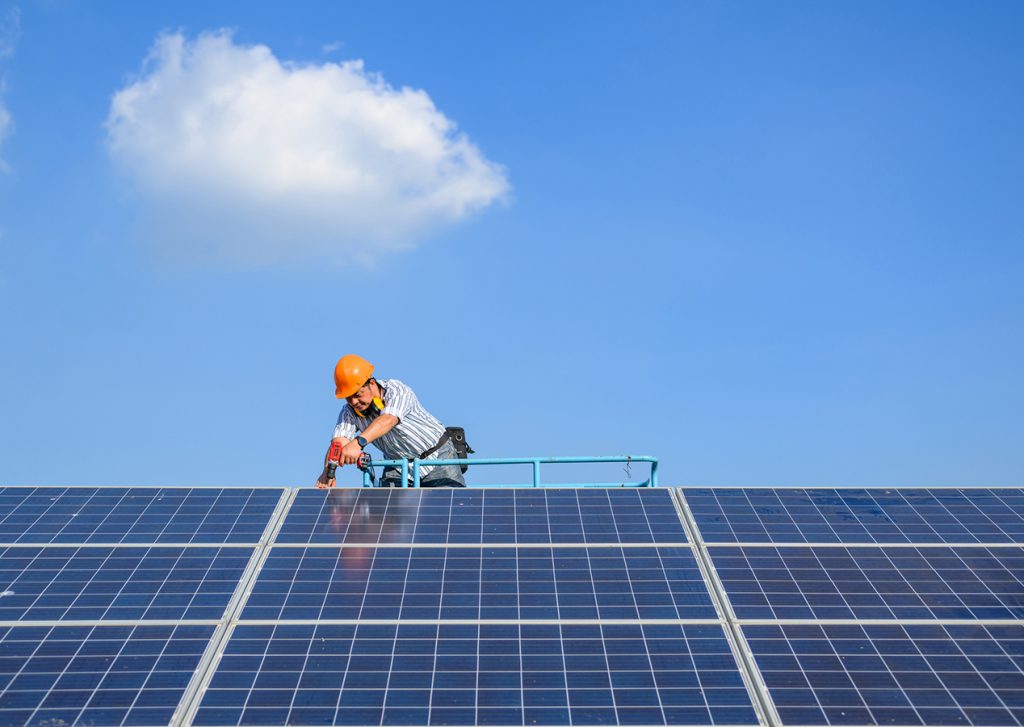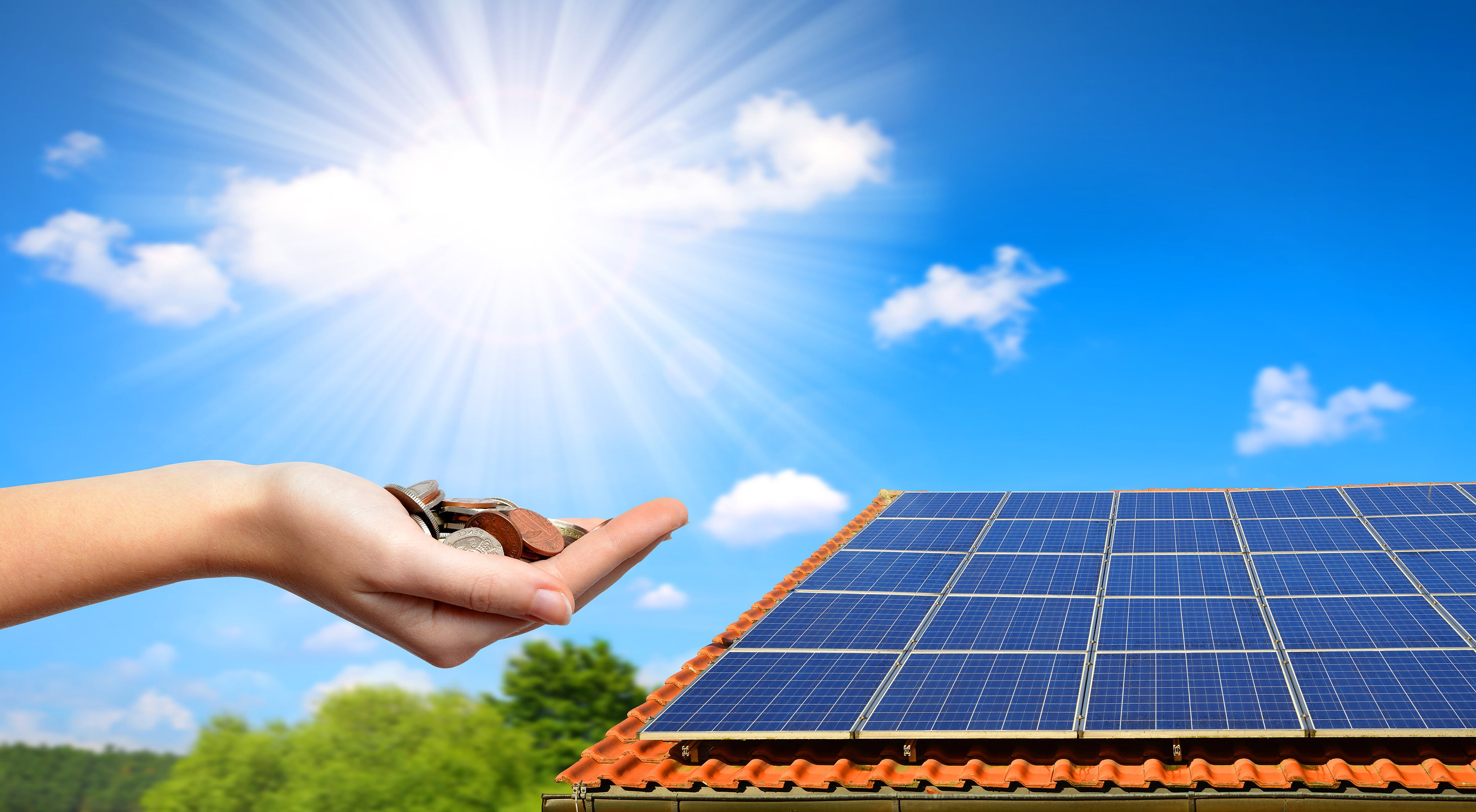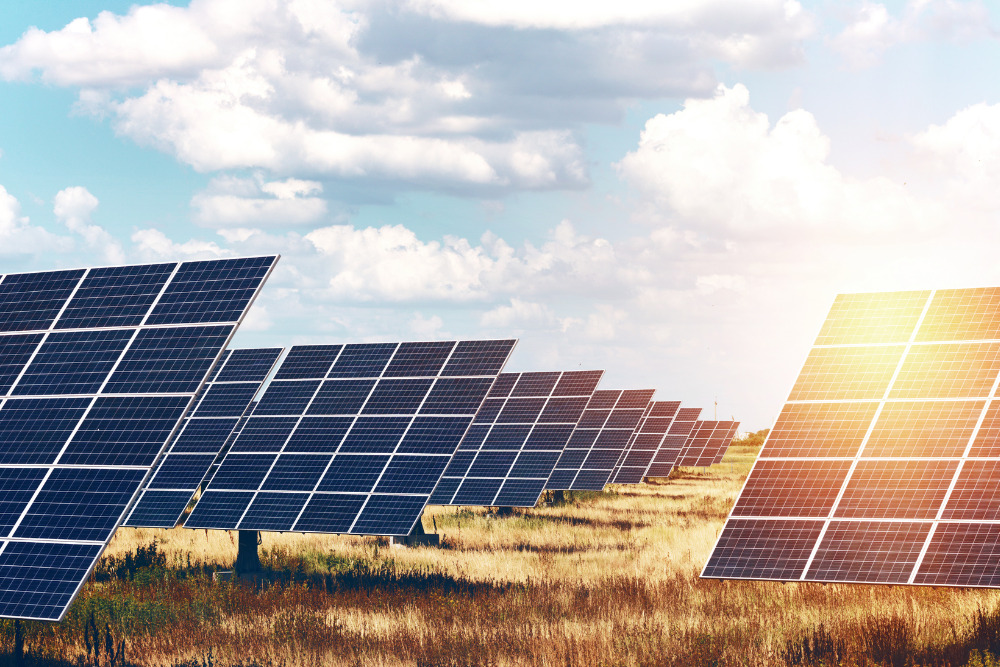Solar Power 101: A Novice's Overview to Sustainable Energy Solutions
As the world significantly moves towards lasting power solutions, comprehending the principles of solar power ends up being crucial for both people and organizations. By exploring the benefits of solar technology, together with the monetary motivations and setup processes, one can obtain a clearer viewpoint on exactly how to effectively integrate this sustainable resource right into their energy method.
Recognizing Solar Power
At its core, comprehending solar power entails understanding the basic principles of how sunlight can be exchanged usable electrical energy. Solar energy is acquired from the sun's radiation, which can be harnessed via various innovations. The primary mechanism for this conversion is the photovoltaic or pv result. This phenomenon occurs when sunshine strikes semiconductor materials, generally silicon-based, within solar cells. The power from the sunlight excites electrons in the semiconductor, enabling them to flow freely and produce direct existing (DC) electricity.

Comprehending solar power also entails identifying its environmental benefits. By utilizing sunlight, we can minimize greenhouse gas emissions and minimize air pollution, adding to a much more lasting future. The improvements in innovation and effectiveness of solar systems remain to improve their viability, making solar energy a significantly appealing option for global power requirements.
Types of Solar Energy Equipments
Numerous sorts of solar energy systems are typically employed to harness solar power for electrical energy generation. The primary groups consist of photovoltaic (PV) systems, concentrating solar power (CSP) systems, and solar thermal systems.
Photovoltaic systems make use of solar panels made up of silicon cells that convert sunshine directly right into power. These systems are functional and can be mounted on rooftops, ground places, or integrated right into building materials.
Focusing Solar Power systems, on the various other hand, utilize mirrors or lenses to focus sunshine onto a small location, producing heat that drives a vapor generator to create electricity - Simply Solar Illinois. CSP systems are normally released in massive power plants and call for direct sunlight, making them much less appropriate for gloomy regions

Each kind of solar power system has its special features, applications, and viability depending upon geographical area, energy requirements, look at this web-site and budget plan, making it important to review alternatives based on particular conditions. - Simply Solar Illinois

Benefits of Solar Power
Taking advantage of solar power via different systems not just offers a sustainable way to generate electricity but additionally provides a wide variety of advantages. One of the most considerable benefits is the reduction in greenhouse gas discharges, adding to a cleaner atmosphere and combating environment change. Solar power is eco-friendly, suggesting it is infinite and readily available as long as the sun beams, unlike nonrenewable fuel sources, which are limited and depleting.
Additionally, solar power can bring about considerable expense financial savings in time. House owners and companies can decrease their electrical energy costs considerably, and in most cases, they may gain credit ratings for excess power created via web metering. Furthermore, the solar industry produces tasks, from making to setup, stimulating local economies.
One more compelling advantage is power independence. By producing their own electrical power, individuals and areas can decrease reliance on external power resources, boosting strength against fluctuating power prices and supply disruptions. In addition, solar power systems require minimal maintenance, making them a convenient alternative for lasting energy generation.
Setup Process Review
The installment procedure for solar power systems normally includes a number of essential actions that ensure reliable assimilation into a home. Initially, a comprehensive site analysis is carried out to assess the roofing system's alignment, shielding, and architectural integrity, which are vital to enhancing photovoltaic panel performance. Following this evaluation, the style phase starts, where a tailored solar power system is set up based upon the house owner's power requirements and preferences.
As soon as the layout is finalized, the needed permits and authorizations are obtained from neighborhood authorities, ensuring conformity with guidelines. The real setup involves installing the photovoltaic panels on the roofing or ground, attaching them to an inverter, and integrating the system with the residential property's electric configuration. This stage might additionally involve mounting battery storage space systems, depending upon the design.
After installation, a thorough inspection is conducted to verify the system's functionality and safety. The system is commissioned, and house owners are educated on its operation and upkeep. With the installation full, the solar power system can begin creating eco-friendly power, adding to sustainability and minimizing utility prices. This organized approach guarantees that solar systems are both efficient and dependable, maximizing their lasting benefits.
Financial Motivations and Savings
Checking out the monetary motivations and financial savings associated redirected here with solar energy systems can considerably improve the appeal of making the button to eco-friendly power. One Look At This of the most remarkable motivations is the federal solar tax obligation credit scores, which enables property owners to deduct a portion of their solar system installment expenses from their government tax obligations.
Along with tax obligation debts, lots of states use discounts that can even more lower ahead of time expenses. Some utility companies also give performance-based rewards, gratifying solar power production over time. Financing choices, such as solar fundings and leases, allow consumers to mount systems with little to no deposit, making solar power more easily accessible.

In addition, solar systems can enhance home worths, providing a solid return on investment. On the whole, the mix of incentives and financial savings makes solar power an economically attractive option for lots of houses.
Final Thought
To conclude, solar energy stands for a crucial part of lasting energy options, offering a path towards lowered carbon impacts and improved ecological security. The varied sorts of solar power systems, combined with substantial monetary motivations, facilitate wider fostering among individuals and communities. Recognizing the setup procedures and advantages connected with solar energy empowers stakeholders to make educated decisions. Ultimately, the transition to solar energy not only promotes ecological duty yet also promotes economic cost savings and energy independence.